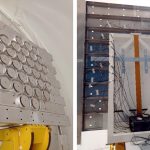The Path to Assured PNT: A Framework for National Leadership
When Dr. Brad Parkinson takes the stage, his authority is unmistakable. He is not theorizing about PNT resilience from the sidelines; he built the original system that underpins it all.
By Inside GNSS













